Arizona’s Inmate Firefighters
Arizona’s Inmate Firefighters
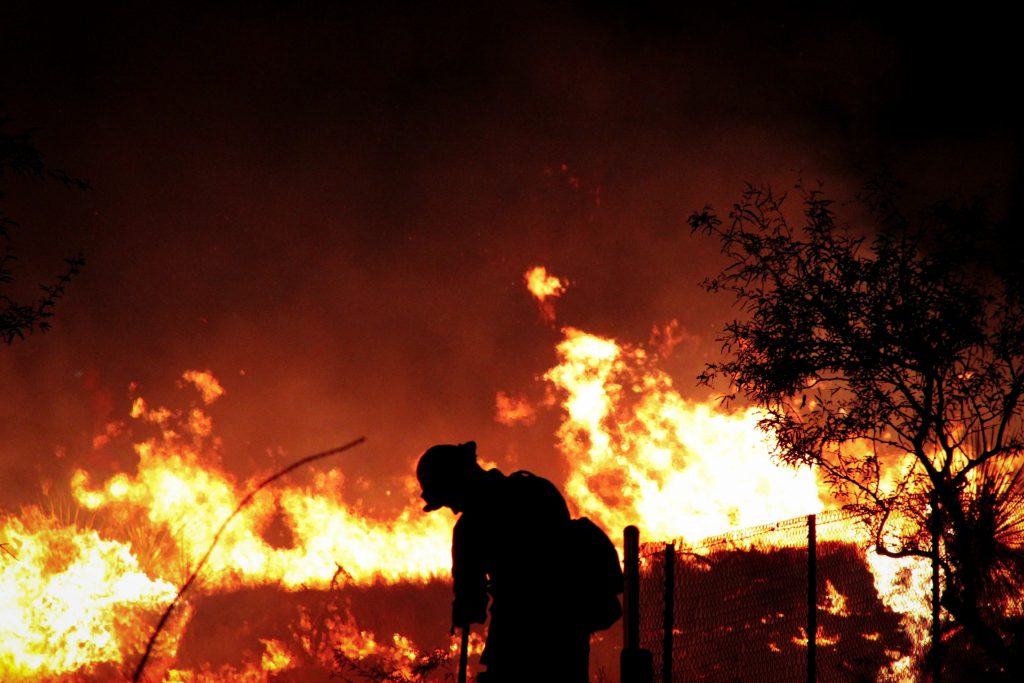
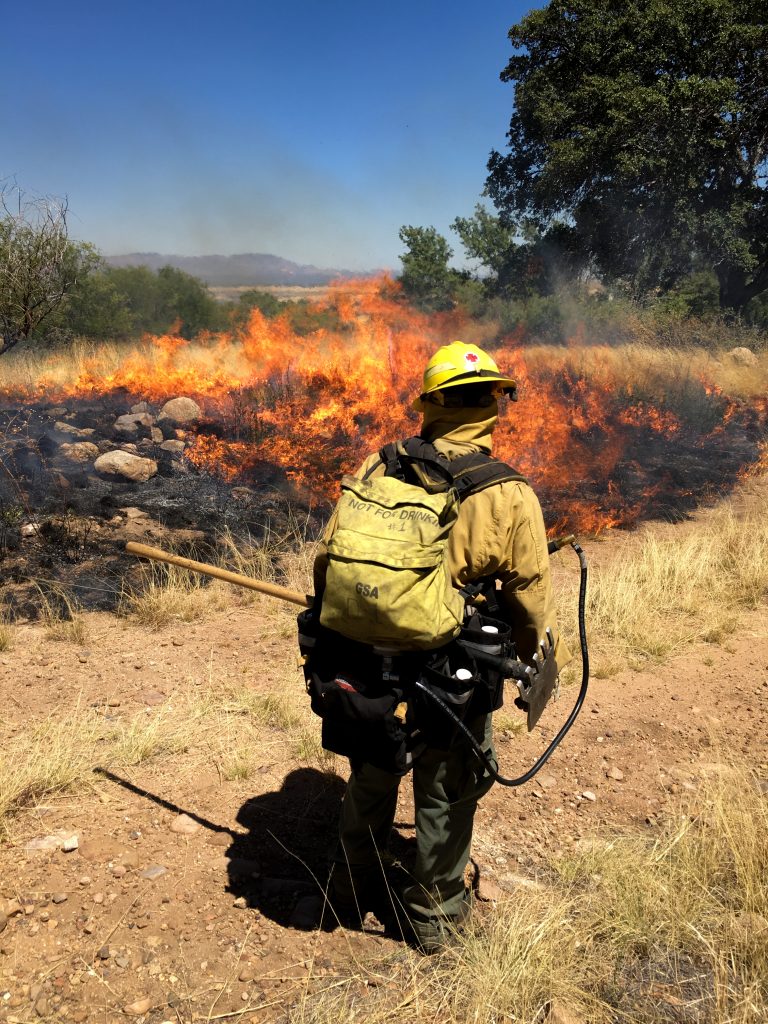


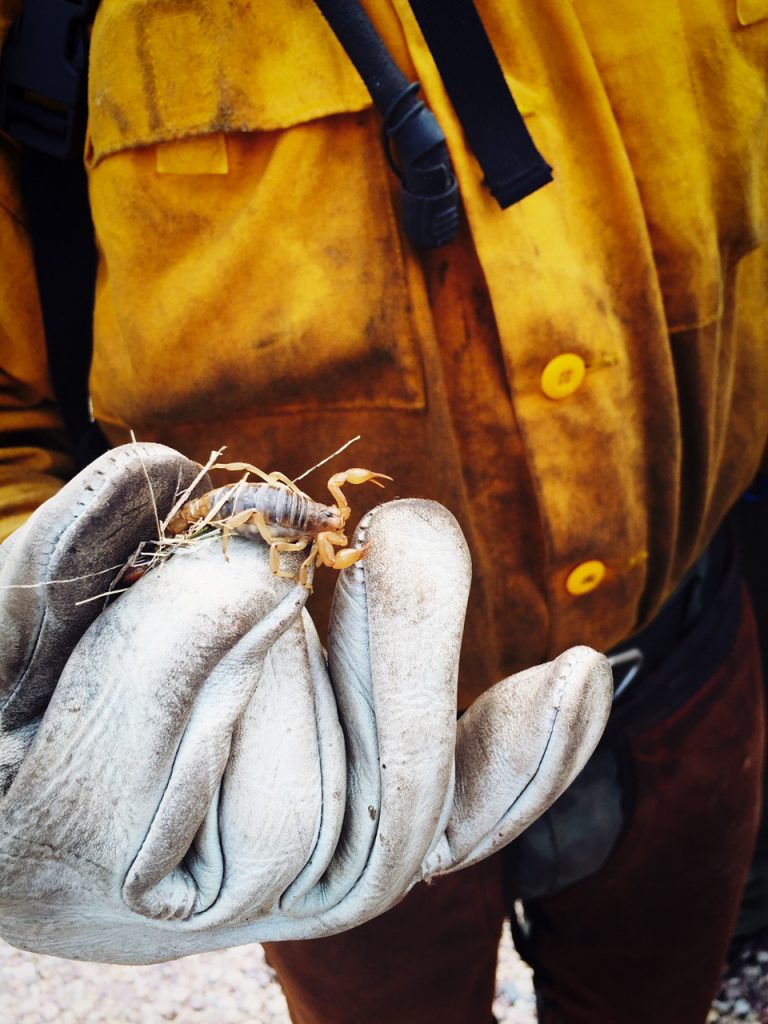
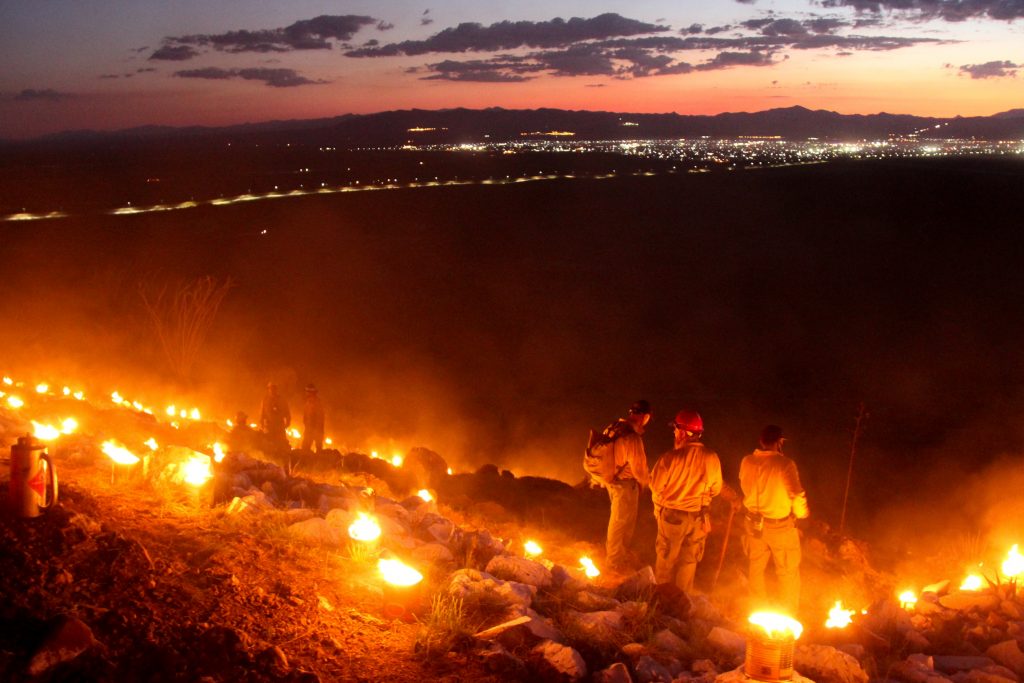
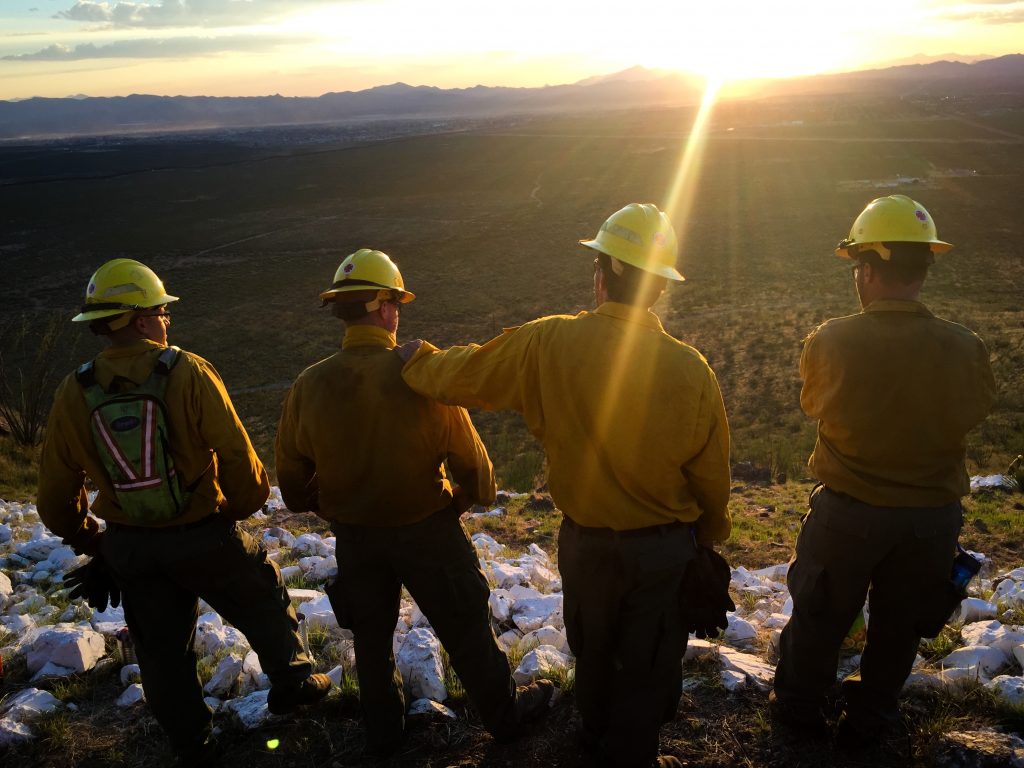
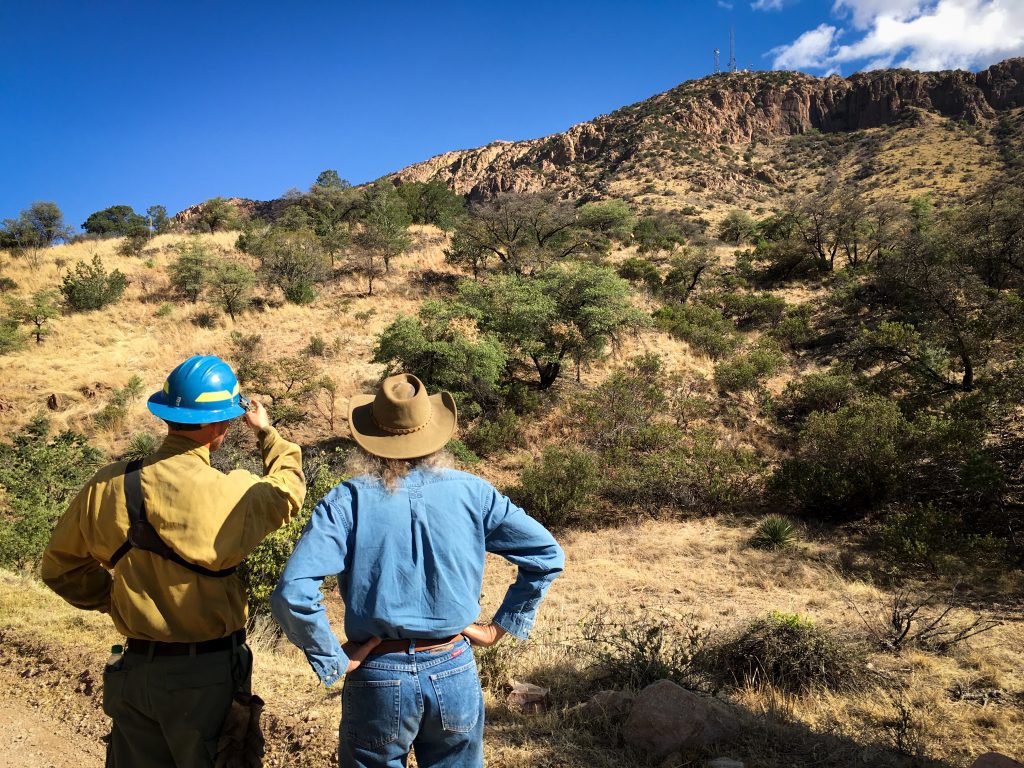
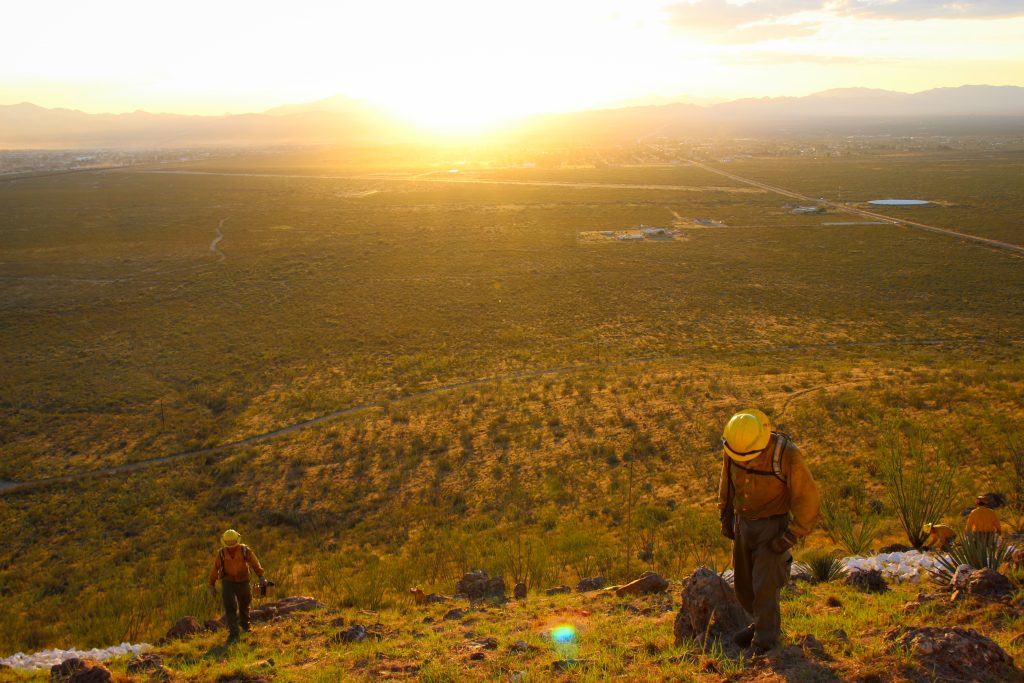
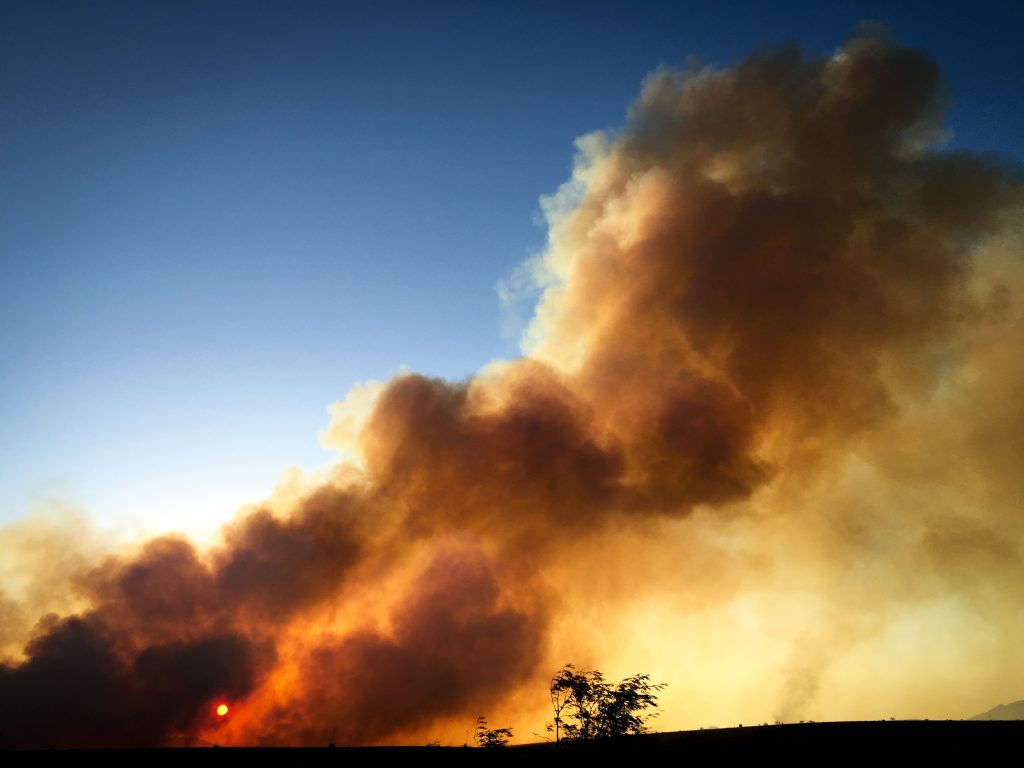
In the state of Arizona, all able-bodied incarcerated people are required to work. Most prison jobs are monotonous and consist of low-skill, assembly line–style labor. The hourly wage for such work is extremely low (averaging less than 50 cents per hour), and few opportunities exist to continue the job upon release. Scholars and critics (myself included) who have studied the historical context and current trends of prison labor conclude that it is an exploitative enterprise, with state agencies, local governments, and private companies profiting off the labor of incarcerated people.
Prison experience, though, is not monolithic. The Arizona Department of Corrections is infamous for its punitive policies, yet people’s prison experience varies at each of Arizona’s state-run and corporate prison complexes. It depends on the specific personalities of the warden, the correctional officers, and the prisoners themselves. The same spectrum of experiences exists with prison labor. One skilled-labor program offered by Arizona’s corrections department presents an opportunity for outsiders and critics to move beyond a simple discussion of the inherently exploitative nature of prison labor: the inmate wildfire program.
This program consists of 11 wildland firefighting crews who fight over 100 fires per year in the rugged landscapes of Arizona. Each crew is comprised of 20 prisoners, three correctional officers, and one crew coordinator from the state forestry department who fight wildfires side by side. While fighting fires, prisoners sometimes stay in the field for weeks on end.
Over time, all of them gain certifications and skills that equal or surpass those of many non-incarcerated firefighters. Prisoners must apply to the wildfire program, graduate from a federally mandated course on wildfire fighting, and make it through several rigorous physical exams before receiving their wildland firefighter type-2 certification. Once certified, they hold the same qualifications as all federal type-2 crews employed by U.S. Forest Service. Over the course of years on the crew, some prisoners attain other qualifications, such as the chainsaw certification and even the wildland firefighter type-1 certification—the same level of expertise attained by the highly regarded Hotshot crews that work throughout the U.S.
In some ways, the inmate wildfire program fits perfectly into the logic of the prison industrial complex, which the grass-roots organization Critical Resistance defines as “the overlapping interests of government and industry that use surveillance, policing, and imprisonment as solutions to economic, social, and political problems.” Broadly speaking, prisoners are being used as a cheap, indentured solution to the national issue of rising wages and economic stagnation. In the inmate firefighter program, prisoners are being used to assuage the enormous expense of fighting wildfires, which cost the U.S. government over $2 billion in 2015 alone. Prisoners who battle wildfires risk their lives for very little economic reward; they are paid $1.50 per hour to fight fires, and upon their release, they are offered no clear path to a career in firefighting. The crew members understand their role in this prison system. I frequently heard crew members say, “We’re cheap labor.”
Or, perhaps even more salient, some would cite verbatim the 13th Amendment of the U.S. Constitution, to underscore an awareness that their economic exploitation is not only happening, but is sanctioned by forces much greater than themselves: “Neither slavery nor involuntary servitude, except as a punishment for crime whereof the party shall have been duly convicted, shall exist within the United States, or any place subject to their jurisdiction.”
But what do we miss if we end the conversation on prison labor at “exploitation” and ignore the ability of incarcerated people to find meaning in their work—and their lives?
This is the question I asked at the outset of my dissertation project. The many ways that the inmate wildfire program is experienced, and the meanings the program holds—in terms of personal growth, interpersonal relationships, and blurring the boundaries between life inside and outside prison—should not be ignored. In my research, I set out to understand the paradoxical way in which skilled prison labor is at once exploitative and meaningful for those who participate in it.
For 15 months, I worked alongside men in the inmate wildfire program. Through formal interviews and by fighting wildfires with crews of prisoners, I saw and heard how the wildfire program was meaningful for its participants. I have discovered that the program opens up a space for emotionally and physically vulnerable experiences—deep friendships form, nights are spent sleeping under the stars—that deserves as much attention as the fact of the prisoners’ low pay for risky work. This photo essay, which highlights some of these experiences, is a recognition of the creative ways individuals resist the dehumanizing effects of the prison industrial complex through their work on the fireline.

































